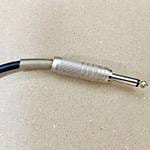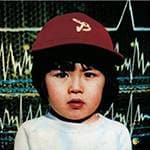It Took Advanced Performance Skills to Support Junko Ohashi
In the previous feature on Junko Ohashi, I looked at her singing style, musical style and genre.
Junko Ohashi had a talent that was enough to revolutionize the style of female vocalists. And in order to make the most of that style, her second album was released with a high-spec content that brought together studio musicians from around the country. However, it was impossible to take studio musicians, who cost a lot to produce, on tour with her. So musicians with the performance skills to express Junko Ohashi's musical style were gathered together.
In this article, I will consider the music of Junko Ohashi with a focus on the band “Minoya Central Station”, which has the high-level performance skills to support Junko Ohashi.
In the Orchestra of the Music Program…
It is likely that it was difficult for the orchestras and bands that appeared on music programs to express Junko Ohashi's music. Her second album, “PAPPER MOON”, was an album that featured skilled studio musicians from Japan, and it would have been difficult to recreate the quality of this performance with the orchestras that appeared on music programs.
Junko Ohashi's music was of such a high standard, and her songs were also ahead of their time.
In order to recreate Junko Ohashi's sound, a band that specialized in Junko Ohashi's music was needed.
Very Amazing Band, “Minoya Central Station”
The powerful funk band “Minoya Central Station”, who are skilled in their performance techniques, supported Junko Ohashi's music.
"Minoya Central Station" was Junko Ohashi's backing band, but it was also the band that created the music of Junko Ohashi. Rather than being a support band, you could also say that the band that Junko Ohashi joined was "Minoya Central Station".
"Minoya Central Station" was Junko Ohashi's backing band, but it was also the band that created the music of Junko Ohashi. Rather than being a support band, you could also say that the band that Junko Ohashi joined was "Minoya Central Station".
'Minoya Central Station' was formed in 1976, with Ken Sato on keyboards at its core. Members included Ichiryuudo guitarist Masami Tsuchiya and bassist Masahiko Rokukawa.
The name of the band changed to “Ohashi Junko & Minoya Central Station” from Junko Ohashi's third album, so it can be inferred that the band “Minoya Central Station” was very influential.
I was one of those who wanted to hear music that would deepen the Japanese funk that made this powerful band so special. However, in order to gain exposure in the media, they needed to have more of a pop song element than a funky one, and I felt that later on, the musical focus of “Ohashi Junko & Minoya Central Station” began to shift.
Minoya Central Station - Anecdote
This is a side story about the Minoya Central Station. Masami Tsuchiya and Masahiko Rokukawa were seniors in the light music club at the university I attended. Mr. Rokukawa even took me out for drinks with him when we were students. Mr. Tsuchiya is the guitarist for Ippudo, who had a huge hit with “Sumire September Love” (a really cool song!). I didn't know Mr. Tsuchiya personally, but I did know his father.
The company I work for assigns newspaper delivery work as part of the training for new employees, and one of the places I deliver the newspaper to is Mr. Tsuchiya's family home. It's a very large house. One time, I told his father that Mr. Tsuchiya was a senior member of the light music club, and he gave me a lot of LP records that Mr. Tsuchiya had played. Thank you very much.
■ Recommended Album: Junko Ohashi & Minoya Central Station “Rainbow” (1977)
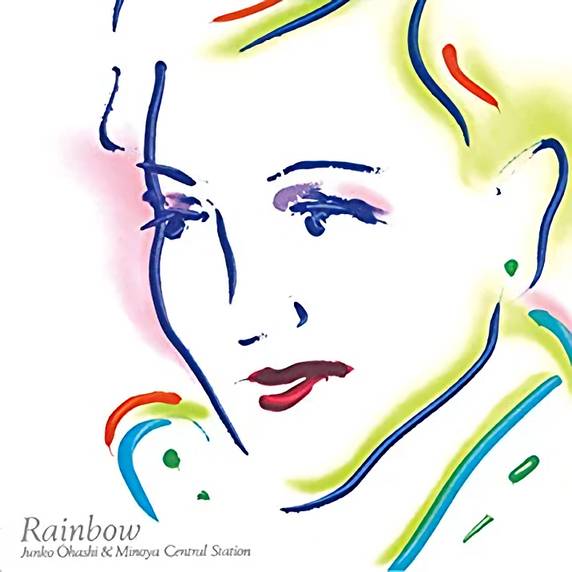
The first album by the backing band “Minoya Central Station” as “Ohashi Junko & Minoya Central Station”. A historic album that gave birth to the unit that supported Junko Ohashi's high-level funk style, including “Natural Foods”.
Recommended Track: “Simple Love”
“Simple Love” was the song that made Junko Ohashi famous. It was a song that allowed her to show off her appeal as a singer, and it was also easy to promote. It also had a pop song-like element, and it appealed to a wide range of people. Ohashi broke through with this song, and she went on to pursue her own unique pop-funk style.
The guitar solo was played by Masami Tsuchiya. The restrained solo, backed by sophisticated techniques such as the elegant tone and phrasing, shows off Masami Tsuchiya's good sense.
Recommended Track: “Natural Foods”
The lyrics, music and arrangement were all done by guitarist Tsuchiya Masami. The intro, which features fretless bass and Brazilian percussion, is very stylish. Then, in an instant, the ultra-funky 16-beat kicks in. This is a song that really brings out the best in the band. Tsuchiya Masami's guitar phrases, which are reminiscent of Jeff Beck and Char, are incredible. Junko Ohashi is very good at singing this kind of song. I wanted the band to pursue this kind of funk route more.
■ Recommended Album: Junko Ohashi & Minoya Central Station “Crystal City” (1977)
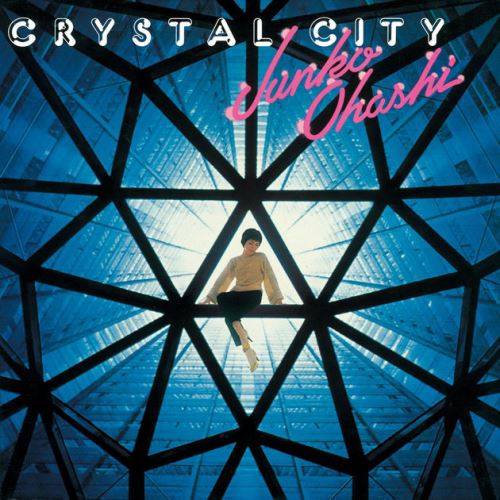
This is the fourth album, which has added musical cohesion as a unit, “Ohashi Junko & Minoya Central Station”.
Recommended Track: “Crystal City”
This song, which begins with a flowing violin solo, is also a one-and-only song that is typical of Junko Ohashi. Compared to “Simple Love”, it seems to have consciously avoided a funky feel, and to have sought a route that would be popular with the general public. On the other hand, the song, which has a simple and easy-to-understand pop melody line, also sounds like a song of support for people living in the city.
Following on from “Simple Love”, hitmaker Ken Sato shines with this single cut song.
Recommended Track: “Funky Little Queenie”
It opens with a super funky ensemble of horn section and Fender Rhodes, from Tsuchiya Masami's twitter. Like Natural Foods, this song was also written by Tsuchiya Masami. While Tsuchiya Masami's guitar playing is elegant, when he writes songs like this, it has a super robust flavor. Junko Ohashi's singing also has a funky flavor that seems to synchronize with the music.
The Fender Rhodes electric piano played by jazz pianist Himiko Kikuchi resonates with vivid colors.
■ Recommended Album: Ohashi Junko & Minoya Central Station “Flush” (1978)
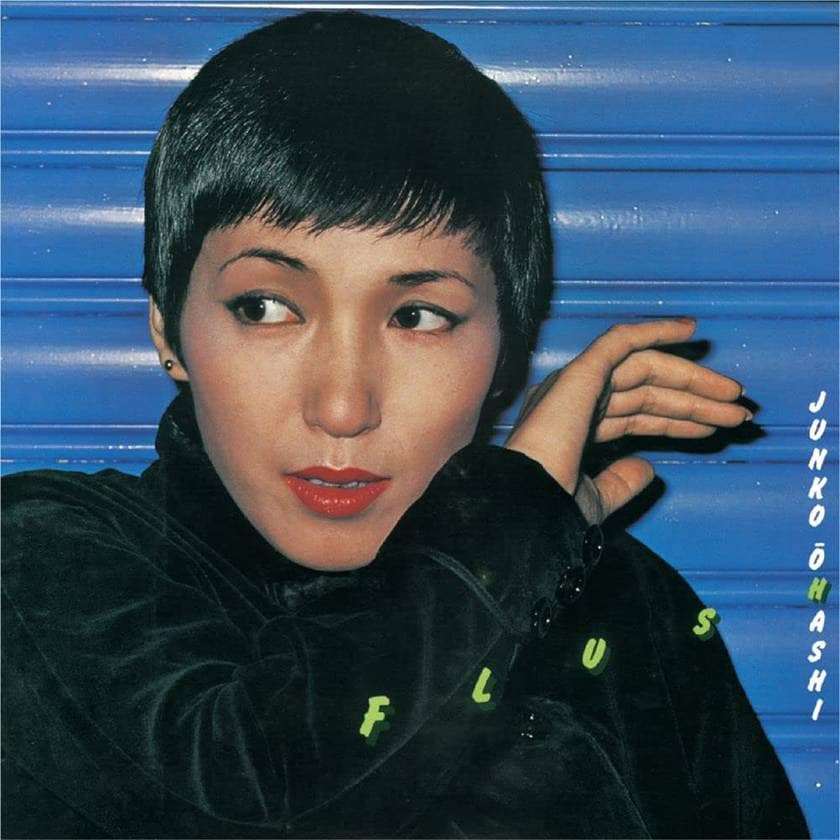
This is the third album by “Ohashi Junko & Minoya Central Station”. When trying to market the rare vocalist Junko Ohashi, Japanese funk is not easy for the general audience to understand. When trying to get media exposure, pursuing the route of a popular singer is a method. However, there is also the concern that even if she appears on music programs and her name recognition increases, she will eventually become boring. I imagine that there was a dilemma for her and others involved in order to keep the vocalist Junko Ohashi on the music scene.
After this, she reached the peak of her popularity with songs such as “Tasogare My Love” and “Silhouette Romance”.
I'm sure I'm not the only one who wanted to hear more of the deepening of the Junko Ohashi unit, such as how to reach her core target audience as a musician who can't be pigeonholed as just a popular singer with a good voice.
Recommended Track: “Safari Night”
The fourth in the song series that successfully captures the characteristics of Junko Ohashi & Minoya Central Station, this song is in the song-and-dance funk style. The lyrics by Machiko Ryu created the world of Junko Ohashi.
The outstanding vocals of Junko Ohashi and the seasoned performance of Minoya Central Station stand out. The guitar solo is the highlight. This song was also written by Minoya leader Ken Sato.
Featured Musicians, Albums and Recommended Track
- Artists: Ohashi Junko & Minoya Central Station, Masami Tsuchiya, Ken Sato, etc.
- Albums: “Rainbow”, “Cristal City”, “Flush”
- Song titles: “Simple Love”, “Natural Foods”, “Crystal City”, “Funky Little Queenie”, ”Safari Night”
The “sound & person” column is made up of contributions from you.
For details about contributing, click here.






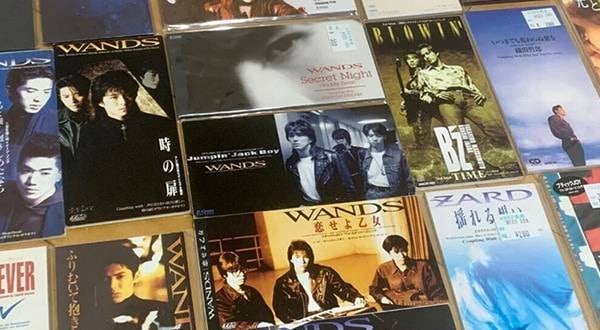
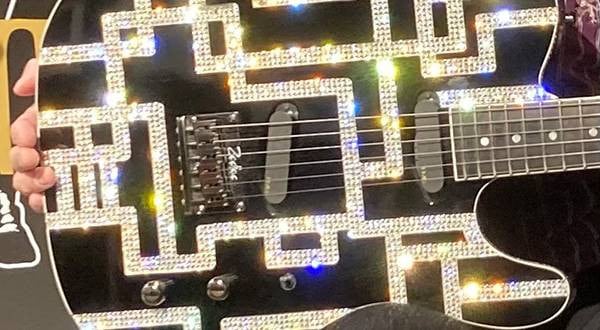
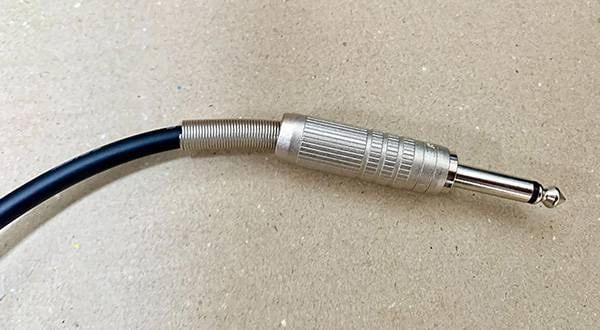
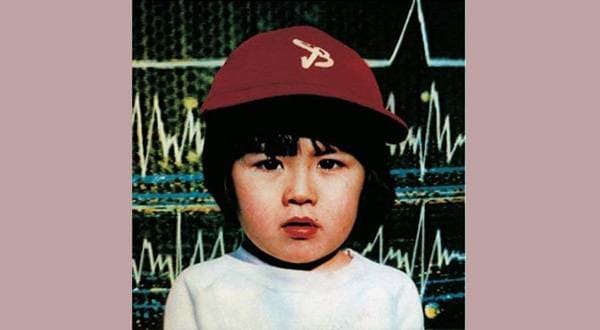
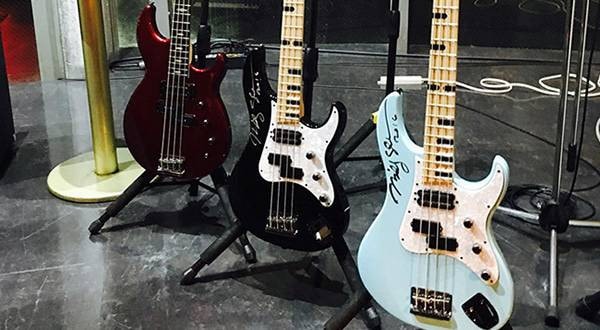
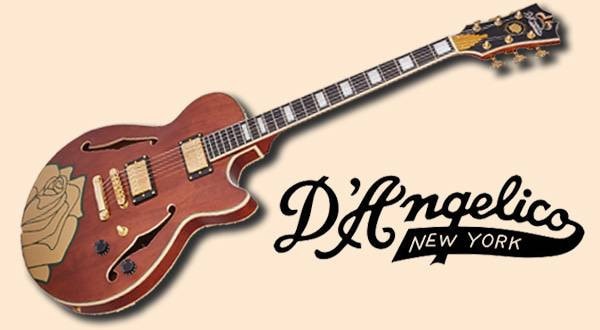
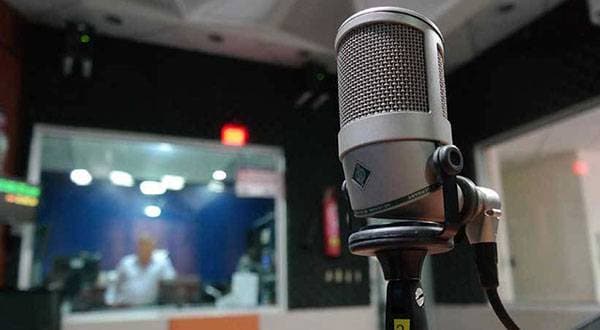
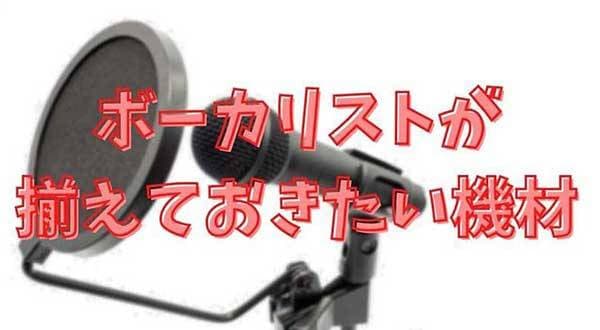
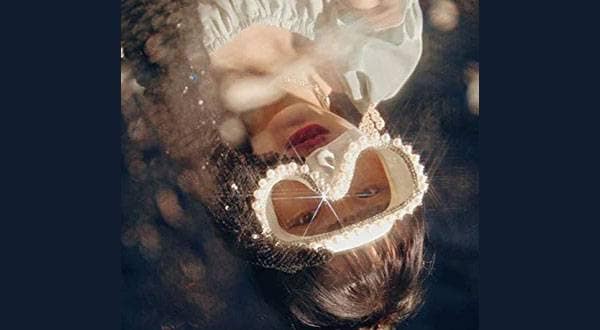

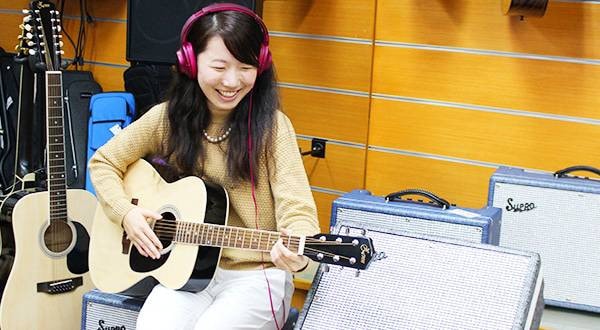
 MXLマイク購入ガイド
MXLマイク購入ガイド
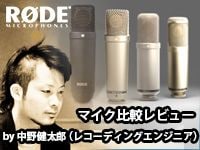 RODEマイク比較レビュー
RODEマイク比較レビュー
 AKG マイク特集
AKG マイク特集
 AUDIXマイク購入ガイド
AUDIXマイク購入ガイド
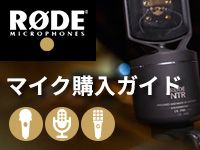 RODEマイク購入ガイド
RODEマイク購入ガイド
 ワイヤレスマイクロホン
ワイヤレスマイクロホン


